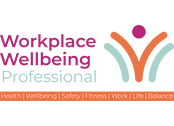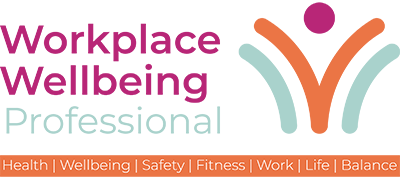Air pollution has long been seen as a public health issue, but a new report by the Royal College of Physicians (RCP) brings its workplace impact sharply into focus, with serious implications for employers, HR leaders and wellbeing professionals.
The report, A Breath of Fresh Air: Responding to the Health Challenges of Modern Air Pollution, reveals that toxic air now affects almost every organ in the body, contributing to diseases across the life course, from foetal development through to dementia.
30,000 Deaths — and £50 Billion in Costs
The RCP estimates that around 30,000 deaths per year in the UK are linked to air pollution. The economic toll is equally bleak:
- £27 billion annually in healthcare costs, lost productivity and reduced quality of life
- Potentially rising to £50 billion when wider impacts such as dementia are included
For employers, these figures point to more than a public health emergency; they signal an emerging workforce challenge. Long-term illness, cognitive decline, absenteeism and presenteeism all put productivity at risk.
The Indoor Air Quality Blind Spot
While much focus is placed on outdoor pollution, the RCP warns that indoor air quality requires “considerably more attention” — a major concern for workplace environments. With people spending most of their time indoors, the risks from poorly ventilated offices, damp, mould, gas cooking, heating emissions and chemical cleaners are increasingly significant.
Yet, as the RCP notes, few indoor spaces are regularly monitored for pollutants, leaving a substantial gap in health protection for employees.
The report also shows how air pollution disproportionately affects lower-income and vulnerable groups, a key consideration for organisations focused on equity, diversity and inclusion. Employees who live in deprived urban areas may face higher cumulative exposure both at home and during commutes.
What Employers and Wellbeing Leaders Can Do
The RCP makes 19 recommendations aimed at governments, health professionals, industry and individuals. Many of these carry clear implications for workplace wellbeing practice. Among them:
- Recognise air pollution as a key occupational health issue. HR and wellbeing teams should include air quality in their risk assessments and wellbeing audits.
- Monitor indoor air. Use CO₂ monitors and air quality sensors to track pollutants in offices and indoor workplaces.
- Improve ventilation and filtration. Install high-quality ventilation systems, ensure regular maintenance and consider HEPA filtration especially in high-density or older buildings.
- Educate employees. Provide clear information about pollution risks, exposure reduction strategies and health monitoring, particularly for those with existing conditions.
- Support flexible working. Allow hybrid work patterns during high-pollution episodes and enable employees to avoid exposure during commutes.
- Incorporate air quality into ESG and sustainability goals. Air quality improvements contribute directly to long-term workforce resilience and business continuity.
The Role of Health Professionals
Crucially, the report also calls on health professionals, including occupational health specialists, to educate patients and advocate for cleaner air, recognising that air quality is now firmly part of preventative medicine.
“[T]here is no safe level of air pollution,” the RCP concludes. “Increasingly ambitious action needs to be taken across society to reduce avoidable deaths and improve the health of our population.”


